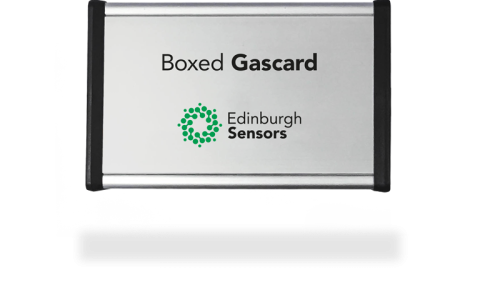
Boxed Gascard®
The Boxed Gascard is the latest development in the NG range of products from Edinburgh Sensors.
Custom NDIR Gas Sensors to measure CH4
Methane is colourless, odourless gas that is is extremely volatile and a major fire risk.
Methane monitoring is a critical health and safety issue for industries where it is a byproduct.
Non-dispersive infrared (NDIR) is an effective method for measuring methane since it does not rely on the presence of oxygen.

There are different types of methane gas detectors, but Edinburgh Sensors specialises in Infrared (IR) Gas Sensors.
Methane monitoring can be achieved with infrared gas sensors because the gas absorbs IR light at a specific wavelength.
Within the detector, an IR light source is placed at one end and an absorbance detector at the other end, with an optical filter that will exclude all wavelengths except from where methane absorbs IR light. As air fills the chamber, methane particles begin to absorb the IR radiation. As methane concentration increases and more light is absorbed, the IR light signal at the detector decreases, setting off the sensor.
You can find more information about how IR sensors are used as methane gas detectors in this article: Using an Infrared Sensor (IR Sensor) for Reliable Methane Gas Monitoring
Natural Gas
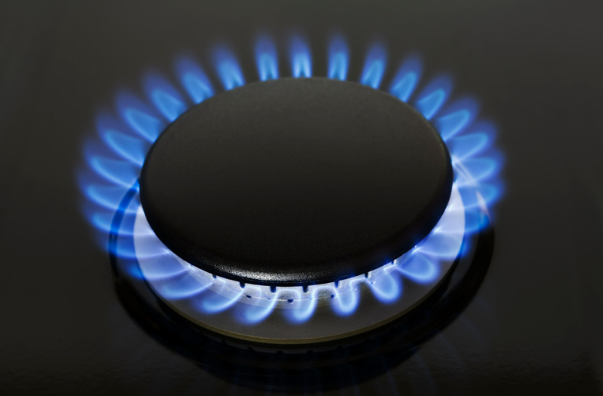
As global concerns for climate change continue to grow, it has become evident that methane emissions are contributing to the climate emergency. One way of reducing methane in the atmosphere is by installing methane gas detectors to indicate leaks in natural gas pipelines. Efficient methane leak detection systems can help reduce methane escaping into the environment, providing one solution for decreasing excess methane in the atmosphere.
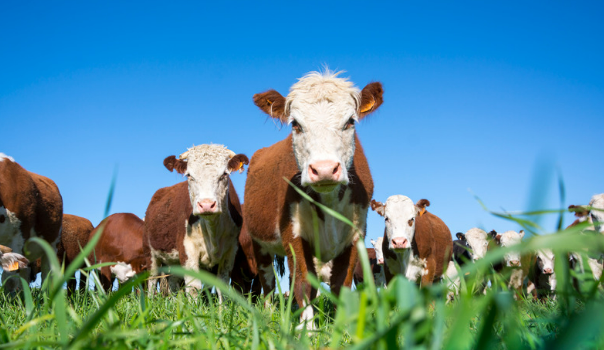
Methane is a by-product of the agriculture industry, with cattle producing methane released as result of microbes in their digestives systems. As demand for beef and dairy grows, so to does the resulting methane produced.
Further reading: Reducing Methane from Cows in Cattle Farming
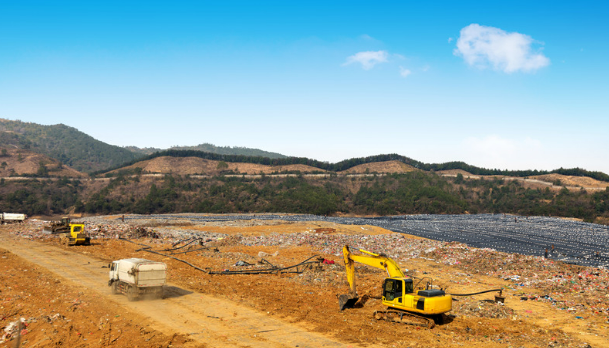
Methane is the largest component of landfill gas. Methane gas detectors are necessary on landfill sites because of the risk of explosion from a build-up of pressure from gas production.
Further Reading: Gas Sensing for Landfill
Production of biogas requires methane monitoring to ensure safety and to monitor the efficacy of gas production.
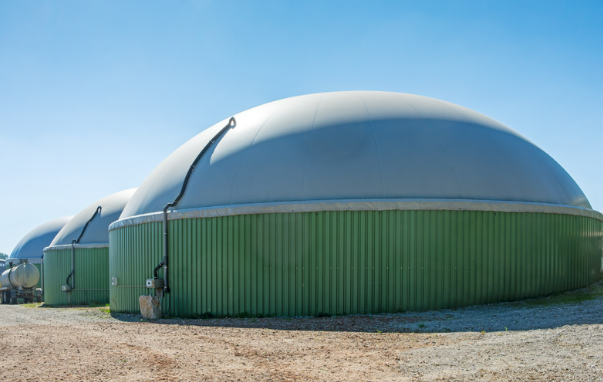
Further reading: Biogas and Anaerobic Digestion in Relation to CH4 Methane Monitoring
View our range of gas detectors suitable for methane detection below.

The Boxed Gascard is the latest development in the NG range of products from Edinburgh Sensors.
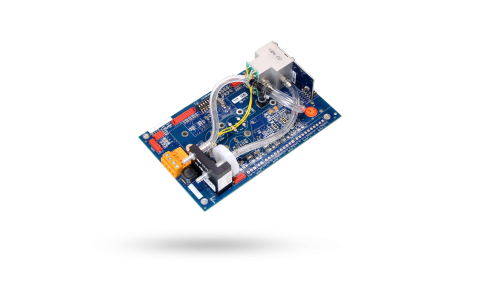
The Gascard NG infrared gas sensor is designed for ease of integration with a wide range of gas detection systems that require high quality, accurate and reliable measurement of CO, CO2, CH4 gas concentrations.
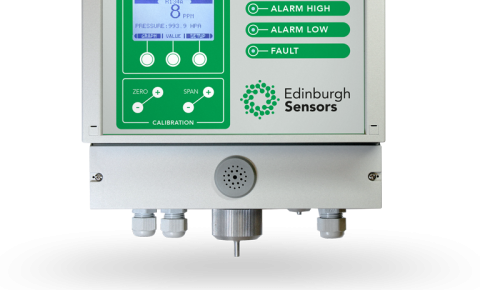
Gas Monitor, The Guardian NG, supplied by Edinburgh Sensors offers near-analyser quality, continuous sampling, measurement and display of target gas concentrations.

Gas Detector, The Guardian NG DC, supplied by Edinburgh Sensors offers near-analyser quality continuous sampling.